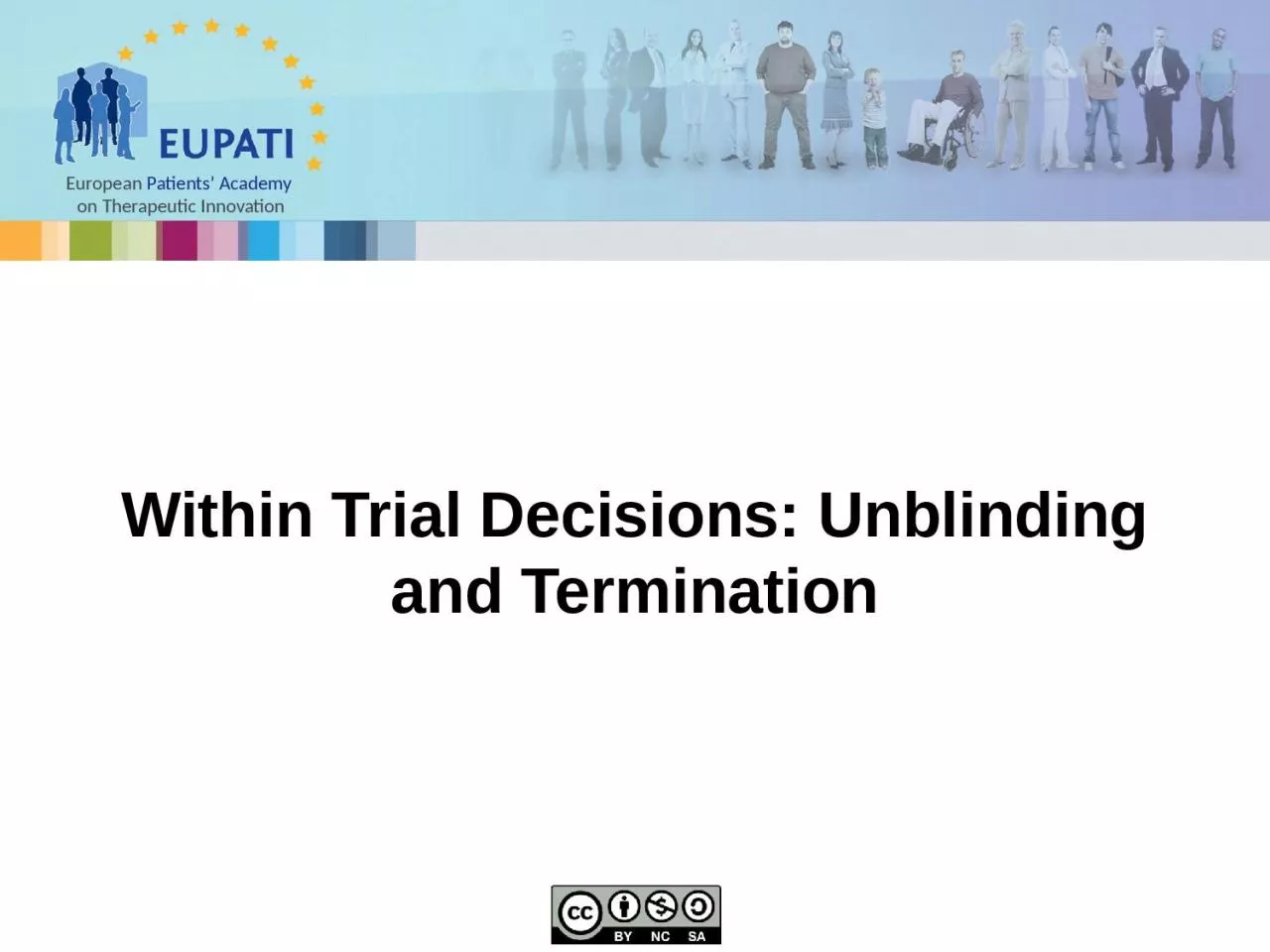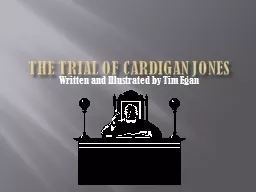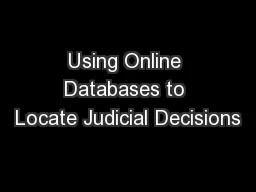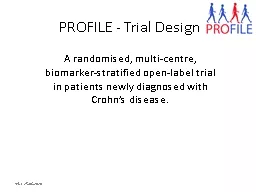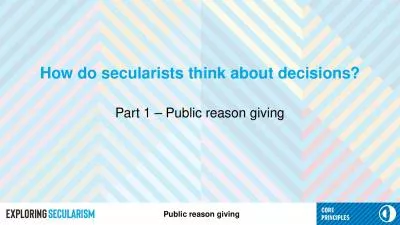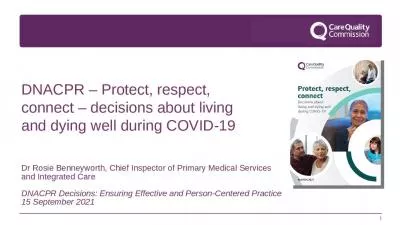PPT-Within Trial Decisions:
Author : erica | Published Date : 2023-07-08
Unblinding and Termination Withintrial decisions are decisions that need to be made once a clinical trial has already started for example if there is an
Presentation Embed Code
Download Presentation
Download Presentation The PPT/PDF document "Within Trial Decisions:" is the property of its rightful owner. Permission is granted to download and print the materials on this website for personal, non-commercial use only, and to display it on your personal computer provided you do not modify the materials and that you retain all copyright notices contained in the materials. By downloading content from our website, you accept the terms of this agreement.
Within Trial Decisions:: Transcript
Download Rules Of Document
"Within Trial Decisions:"The content belongs to its owner. You may download and print it for personal use, without modification, and keep all copyright notices. By downloading, you agree to these terms.
Related Documents

